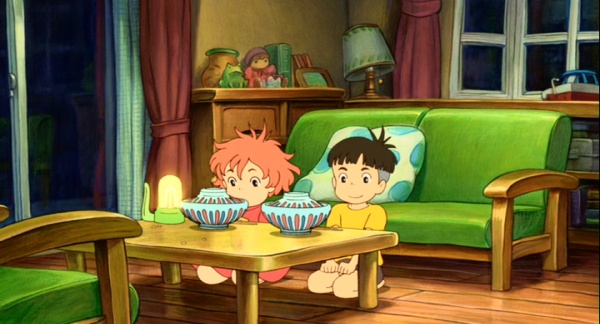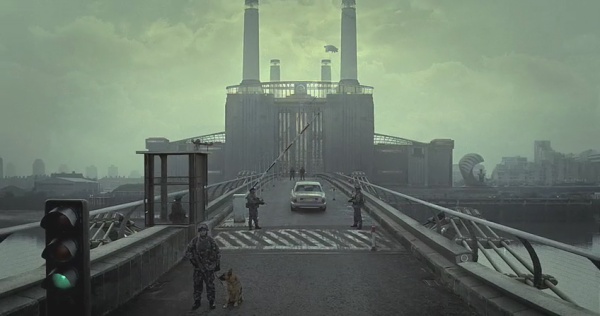1980 // UK // Nicolas Roeg // May 25, 2010 // Digital Projection (Webster University Moore Auditorium)
[Bad Timing was screened on May 25, 2010 as a part of the Webster University Film Series' retrospective on the early films of Nicolas Roeg.]
[Note: This post contains spoilers.]
If you have ever harbored a nagging suspicion that there's something a tad creepy about Art Garfunkel, then Bad Timing serves as a resounding confirmation of those qualms. If, however, your conception of the soft-spoken folk musician is bookishly benign, then his presence in Nicolas Roeg's curious film is likely to deliver an uncanny jolt, particularly when Garfunkel's character, psychology professor and profiler Alex Linden, is revealed to be a twisted obsessive and rapist. The most fascinating aspect of Bad Timing is how skillfully Roeg--working from a script by Yale Udoff--essentially achieves a noir bank shot off Garfunkel's public persona, and more generally off of his audience's assumptions vis-à-vis relationships and gender. For roughly the first half of the film, the story seems to be about a meek academic who is used and abused by Milena (Theresa Russell, all thighs and eyes), a self-absorbed party girl and compulsive liar. Then the emotional contours of the tale begin to subtly shift. The jarring, seemingly arbitrary flashbacks that Roeg sprinkles throughout the film start to accumulate into a more truthful picture of Alex and Milena's rotten relationship, and—presto!—the story is actually about a damaged woman who is controlled, stalked, and ultimately assaulted by a sociopath. It's a fake-out, but not an especially galling one. Roeg's disjointed storytelling technique is preoccupied with concealing not the mystery surrounding Milena's drug overdose, but the inevitably violent clash between her negligent personality and Alex's disturbed need to control and possess her. It's not clear there was ever love there, so let's call it a tale of lust gone sour, amplified by Roeg's relentless cutting and peculiar (at times even silly) scoring choices. While it can't hold a candle to Don't Look Now in terms of atmospherics or emotional vigor, it's still nasty, daring stuff.










